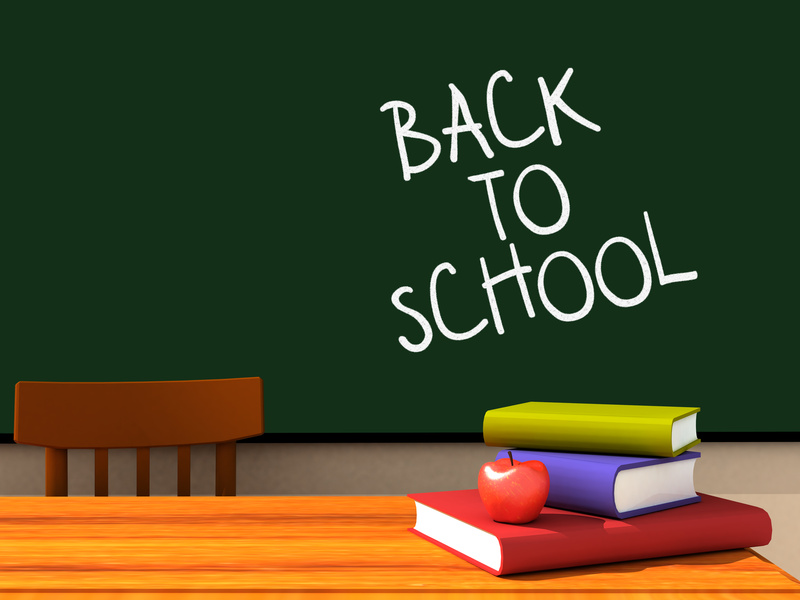Music the Tutor: Part 1 – Math & Science

It’s back to school!
AMT’s four-part back to school blog series highlights how music can support your child’s learning. Infusing music into children’s learning gives a fully-balanced curriculum. This series will highlight how music can help children learn and perform better in math and science, language and literacy, sports and athletics and interpersonal communications. Music is a powerful tool that engages children. Music is an all encompassing, well-rounded tutor.
Music: The Tutor
Math & Science (Part 1 of 4)
From composing, reading and playing/singing to formulas, chemistry and geometry, spatial-temporal reasoning connects music to science and math.
Spatial-temporal reasoning is the ability to visualize and manipulate patterns. It is important in learning and problem solving, specifically in math and science, and music.
Though science and math are traditionally known to have strict processes and rights and wrongs, there is opportunity for creativity during the onset (Detournay, 2013). Science/math begin with creativity, just like music. Musicians jam, scientists/mathematicians brainstorm. During jam sessions, musicians let their creativity flow, and experiment with sound when composing. Scientists and mathematicians ponder ideas and hypotheses (Detournay, 2013) when brainstorming. In both processes, the creators make connections (in sound or with numbers) and look for patterns in their ideas which support problem solving strategies (Detournay, 2013).
Next, the development phase (Detournay, 2013) is essential to music and science/math. Parents introduce music to children at a young age for soothing and relaxation. Parents who continue to incorporate music into the children’s learning help the children better understand mathematical concepts (Adam, 2012). Songs such as This Old Man and If You’re Happy and You Know it, reinforces the math concepts such as counting, sequencing, and patterns. Sing-a-long songs create excitment and encourage children to participate.
Furthermore, music brings the fun(k) to math. Music helps write numbers in different forms, including fractions. Musical notes are denoted in fractions.
“Students who were exposed to the music-based lessons scored a full 100 percent higher on fractions tests than those who learned in the conventional manner.” (Neurological Research, 1999).
Musicians need to know how to add half and quarter notes to equal a whole note, etc (Adam, 2012). Taking music to math class may act as a visual aid for students to conceptualize fractions. Understanding how musical notes add up up to the sum of a song (a whole), may translate to better mathematical skills and abilities.
The creativity of music helps alleviate stresses associated with the rigidity and difficulties of math and science. Arts and sciences are bonded through processes. There is science and math behind music, and there is art and creativity to science and math.
Fun Fact: Scientist Albert Einstein played the violin.
AMT offers clients jamming sessions where children experiment with playing instruments such as drums, guitars and piano. Check out our Rock Band classes at our 980 Fraser Dr. Burlington location on Monday nights at 6:30pm starting September 16th! Contact Stephanie Cooper at admin@accentmusictherapy.com or call us at (905) 631-MUZK to register today.
Stay tuned for Part 2 (Language and Literacy) of our four-part back to school series!


Pingback: 7 Music Speaks Blogs - Pop Revelations
Pingback: 6 Music Therapy Blogs - Pop Revelations